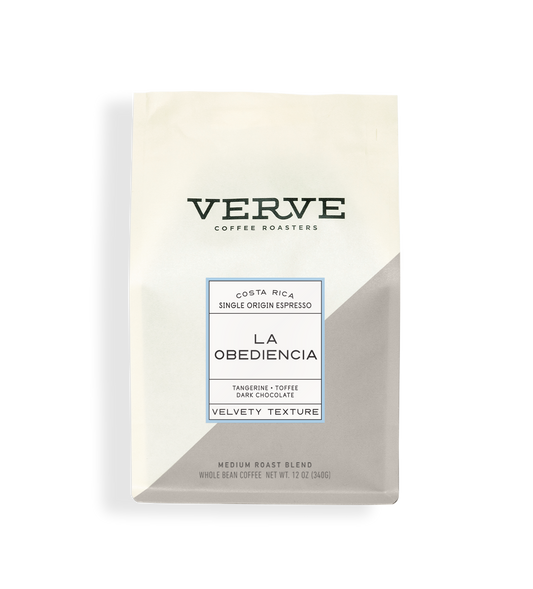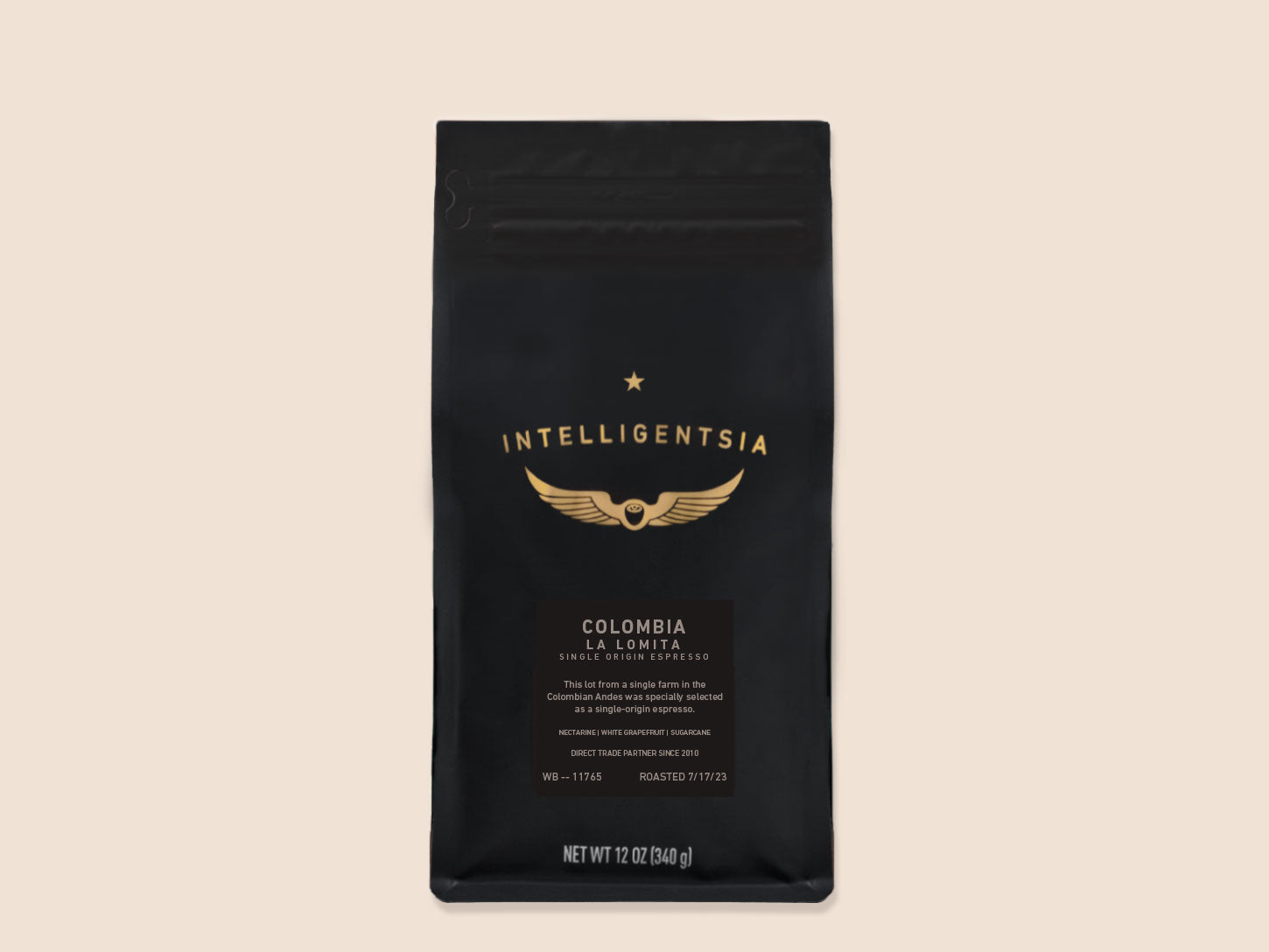A Starter’s Guide to Understanding SOE Single Origin Espresso
A Starter’s Guide to Understanding SOE Single Origin Espresso
Blog Article
Comprehending Coffee Beans: the Journey From Espresso to Blended Coffee Beans

The Beginnings of Coffee: An International Perspective
While you could think of coffee as a modern-day staple, its origins map back centuries, intertwining with societies across the world. The tale begins in Ethiopia, where tale says a goat herdsman called Kaldi found the invigorating impacts of coffee beans after seeing his goats frolicking vigorously after eating them. This stimulated passion, causing coffee's spread to Arab traders that cherished the brewed drink. By the 15th century, it got to Persia, Egypt, and Turkey, where coffee shops became social centers for discussion and culture.
As trade routes increased, coffee made its means to Europe in the 17th century, quickly acquiring appeal. Each society added its distinct spin to coffee preparation, improving its history.
Farming and Harvesting of Espresso Beans
As coffee's trip advanced, the emphasis shifted to the farming and harvesting of specific bean varieties, particularly those made use of for coffee. You'll find that coffee beans frequently come from Arabica or Robusta plants, each offering distinctive tastes. The suitable expanding conditions include high altitudes and rich, well-drained dirt, which boost the beans' high quality.
Throughout the harvest, selecting methods differ. Timing is essential; you want to collect when the cherries get to peak ripeness for optimum flavor.
As soon as gathered, the beans are prepared for handling, which is necessary in identifying their final preference. Understanding the farming and gathering procedures provides you understanding into what goes right into your preferred coffee, enhancing your admiration for each and every cup.
Handling Methods: From Cherry to Bean
Currently that you've found out regarding harvesting coffee beans, let's explore just how those cherries transform right into the coffee beans you love. You'll see exactly how different harvesting methods influence flavor, adhered to by the necessary steps of fermentation and drying. Ultimately, we'll break down the milling and grading procedure that identifies your coffee's quality.
Gathering Strategies Described
When it comes to coffee, comprehending harvesting techniques is vital, given that they directly affect the taste and quality of the beans you appreciate. There are two main methods: careful picking and strip selecting. Careful picking entails hand-picking just ripe cherries, guaranteeing you obtain the very best high quality beans. This technique typically leads to a richer flavor profile, though it's even more labor-intensive. On the other hand, strip selecting methods harvesting all cherries at the same time, regardless of ripeness. While it's quicker and less costly, this can cause a mix of tastes, influencing the end product. Eventually, the choice of collecting method can greatly affect your coffee experience, so it's worth knowing just how those beans made it to your cup.
Fermentation and Drying
After collecting, the next action in processing coffee beans play a substantial duty in forming their flavor. You'll discover that fermentation is essential, as it aids damage down the mucilage bordering the beans, boosting their preference profile. Depending on the approach, this procedure can last from a couple of hours to a number of days, with varying results based upon temperature and moisture.
Sun-drying allows the beans to take in tastes from the atmosphere, while mechanical drying out assurances regular moisture degrees no matter of weather condition. Correct drying out is necessary to protect against mold and maintain the beans' quality, ultimately affecting your cup of coffee.
Milling and Grading Refine
As fermentation and drying set the stage for flavor development, the milling and grading process assurances that just the ideal coffee beans make it to your cup. This stage includes removing the outer layers of the coffee cherry, consisting of the parchment and husk. High-quality beans receive a higher quality, resulting in a richer coffee experience.
Toasting Strategies: Opening Taste Prospective
When you roast coffee beans, the technique you select can dramatically impact the flavor account. Understanding the relationship between time, temperature, and toasting techniques is key to disclosing the potential of your mixture. Allow's discover exactly how these aspects integrated to create the perfect cup.
Toasting Approaches Explained
While you might assume that all coffee roasting techniques yield the exact same outcomes, the truth is that each strategy reveals one-of-a-kind flavor possibilities in the beans. Drum roasting utilizes a revolving drum to uniformly disperse heat, improving caramelization and generating a well balanced taste. Air roasting, on the other hand, distributes warm air around the beans, promoting a lighter roast with noticable level of acidity.

Effect On Taste Profile
Different toasting methods not only affect the procedure but additionally substantially impact the taste account of the coffee beans. When you choose a light roast, you'll experience bright acidity and flower notes, showcasing the bean's beginning. In comparison, a tool roast balances acidity with sweetness, often disclosing chocolatey undertones. Dark roasts, SOE on the other hand, highlight bold, smoky tastes, in some cases masking the bean's one-of-a-kind attributes. Each technique exposes various oils and compounds, resulting in a vast array of flavors. By exploring with various toasting styles, you can discover which accounts reverberate with your taste. Comprehending these nuances aids you value the artistry behind your cup of coffee, improving your general experience with every sip.
Time and Temperature Factors
To release the complete taste potential of coffee beans, both time and temperature level throughout the roasting process play considerable duties. When roasting, you'll find that higher temperatures can rapidly establish flavors, however if you hurry it, you may wind up with burnt notes. On the other hand, reduced temperature levels permit an extra gradual flavor advancement, showcasing the beans' special features.

Timing is just as important; expanding the roast also long can bring about a loss of acidity and illumination, while too brief a roast might leave the beans underdeveloped. Finding that sweet place calls for method and testing. By changing these elements, you can reveal the abundant, intricate flavors hidden within each bean, developing a really remarkable coffee experience.
The Art of Mixing: Crafting Special Coffee Accounts

Begin by picking a base coffee that provides a solid foundation. Pick corresponding beans to boost specific flavor notes. A brilliant Ethiopian bean can bring fruitiness, while a rich Brazilian coffee adds body. Experimentation is essential-- don't hesitate to readjust proportions till you locate your perfect profile.
As you mix, remember that each mix informs a tale. You're not simply making coffee; you're creating an experience. Take your time, taste frequently, and take pleasure in the journey of discovering your signature blend - Single Origin Espresso.
Developing Approaches: Just How Prep Work Influences Taste
Mixing coffee opens a domain name of taste possibilities, however exactly how you brew that blend can considerably influence your final mug. Various brewing techniques draw out unique tastes and aromas, so it's crucial to select sensibly. A French press allows debris and oils to continue to be, developing a rich, full-bodied experience. On the other hand, a pour-over highlights the coffee's quality and brightness, ideal for showcasing delicate notes.
Espresso, with its high stress, produces a focused shot that highlights sweet taste and crema. If you choose a lighter mixture, think about a cold mixture method; it yields a smooth, much less acidic taste.
Adjusting variables like water temperature, grind dimension, and make time can transform your coffee's account. Welcome the art of brewing to find the tastes concealed in your coffee blends.
The Future of Coffee: Sustainability and Advancement
As the coffee sector evolves, sustainability and advancement are coming to be vital for addressing ecological obstacles and meeting consumer needs. You'll notice that more coffee business are taking on environmentally friendly methods, from sourcing beans morally to applying sustainable farming techniques. These shifts not only assist the world however additionally boost the top quality of the coffee you enjoy.
You might see advancements like eco-friendly product packaging and water-saving developing approaches that lower waste. Advanced technology, such as blockchain, is also becoming prominent, making sure openness in the supply chain, which allows you to trace your coffee back to its origins.
In enhancement, buying neighborhood communities and sustaining farmers via fair trade campaigns cultivates a more lasting coffee ecosystem. As you drink your next cup, bear in mind that your choices can add to a brighter future for coffee. By selecting lasting brand names, you're not just delighting in a beverage; you're making a positive effect on the globe.
Often Asked Concerns
What Is the Distinction In Between Arabica and Robusta Beans?
Arabica beans are smoother, sweeter, and have a higher level of acidity, while robusta beans are more powerful, a lot more bitter, and include more high levels of caffeine. You'll see these differences in flavor and fragrance when making your coffee.
How Does Elevation Affect Coffee Bean Flavor?
Elevation effects coffee bean flavor substantially. Higher altitudes create beans with brighter level of acidity and complicated tastes, while lower elevations frequently yield beans that are much heavier and much less nuanced. You'll discover these distinctions in your cup!
What Are the Wellness Advantages of Alcohol Consumption Coffee?
Consuming coffee can enhance your energy, boost mental emphasis, and also enhance physical efficiency. It's abundant in antioxidants, might lower the danger of certain illness, and can advertise a healthier metabolic process when consumed in moderation.
Can Coffee Beans Be Recycled for Brewing?
Yes, you can reuse coffee beans for developing, but the flavor could be weaker. If you appreciate experimenting, attempt recycling them in different means, like cold brews or including to smoothies for an extra kick.
Exactly how Should I Shop Coffee Beans for Quality?
To keep your coffee beans fresh, store them in a closed container in a trendy, dark place. Avoid subjecting them to dampness, light, or heat, as these factors can rapidly deteriorate their taste and fragrance.
Understanding Coffee Beans: the Journey From Espresso to Blended Coffee Beans.
Now that you've discovered regarding gathering coffee beans, allow's discover how those cherries transform right into the coffee beans you enjoy.When you roast coffee beans, the approach you choose can drastically affect the flavor profile - Single Origin Espresso.While you might think that all coffee roasting methods yield the same results, the fact is that each method reveals unique flavor potentials in the beans.Different roasting techniques not only influence the process but also considerably impact the flavor account of the coffee beans
Report this page